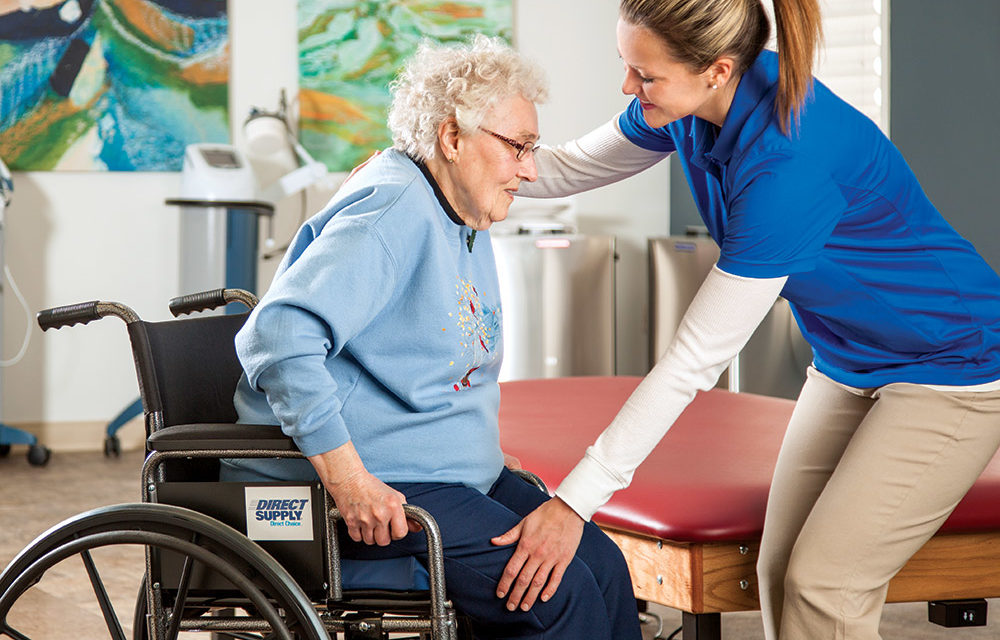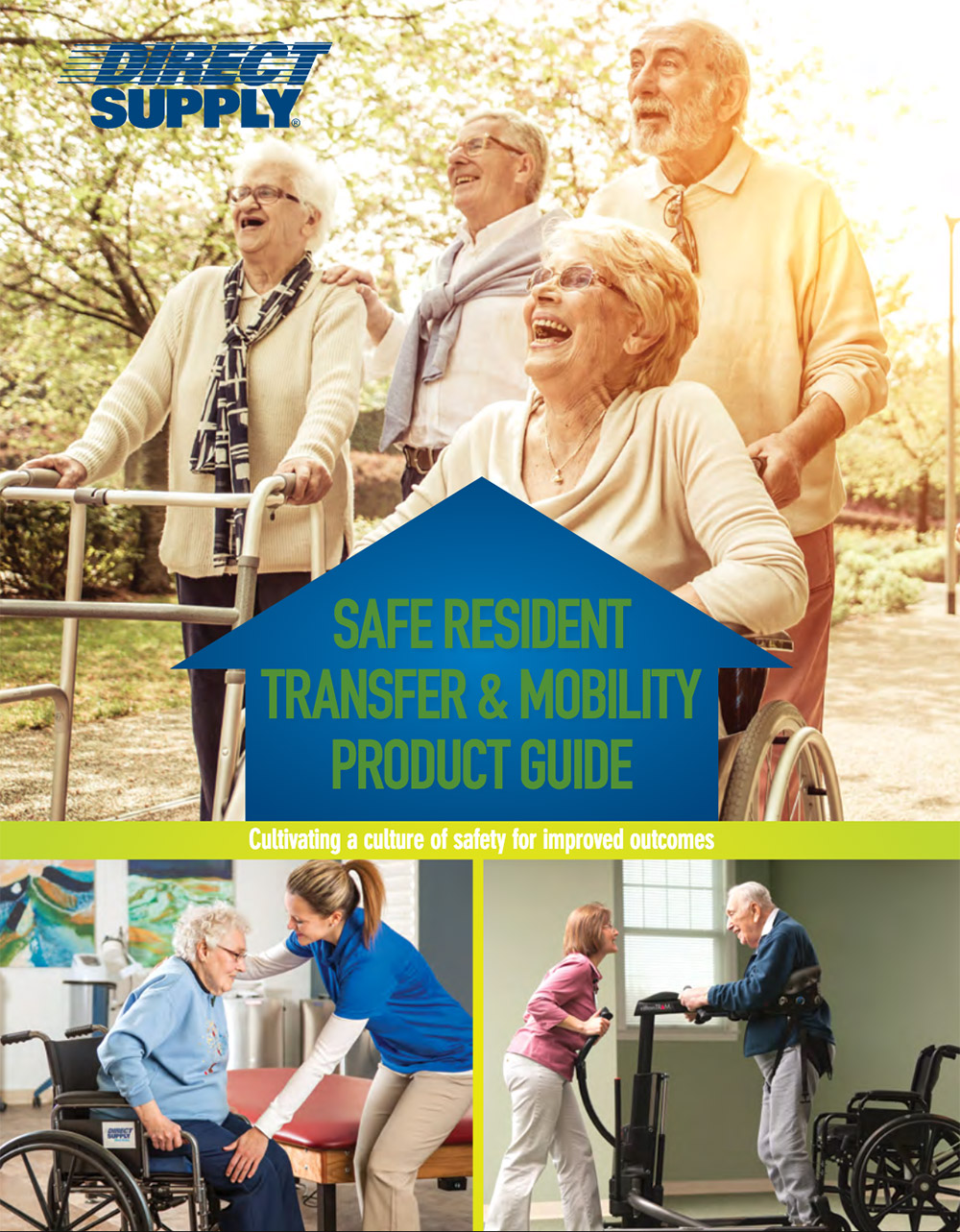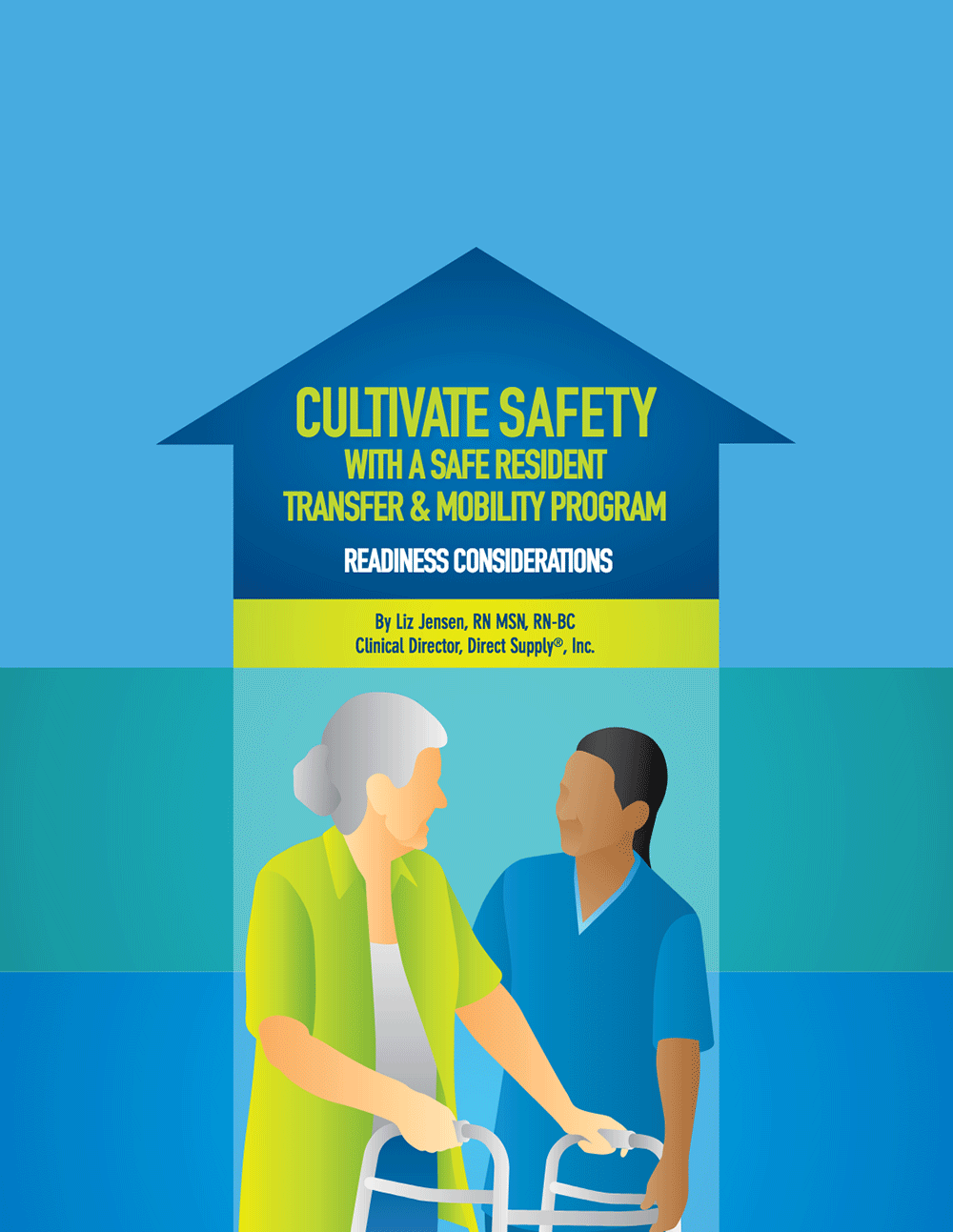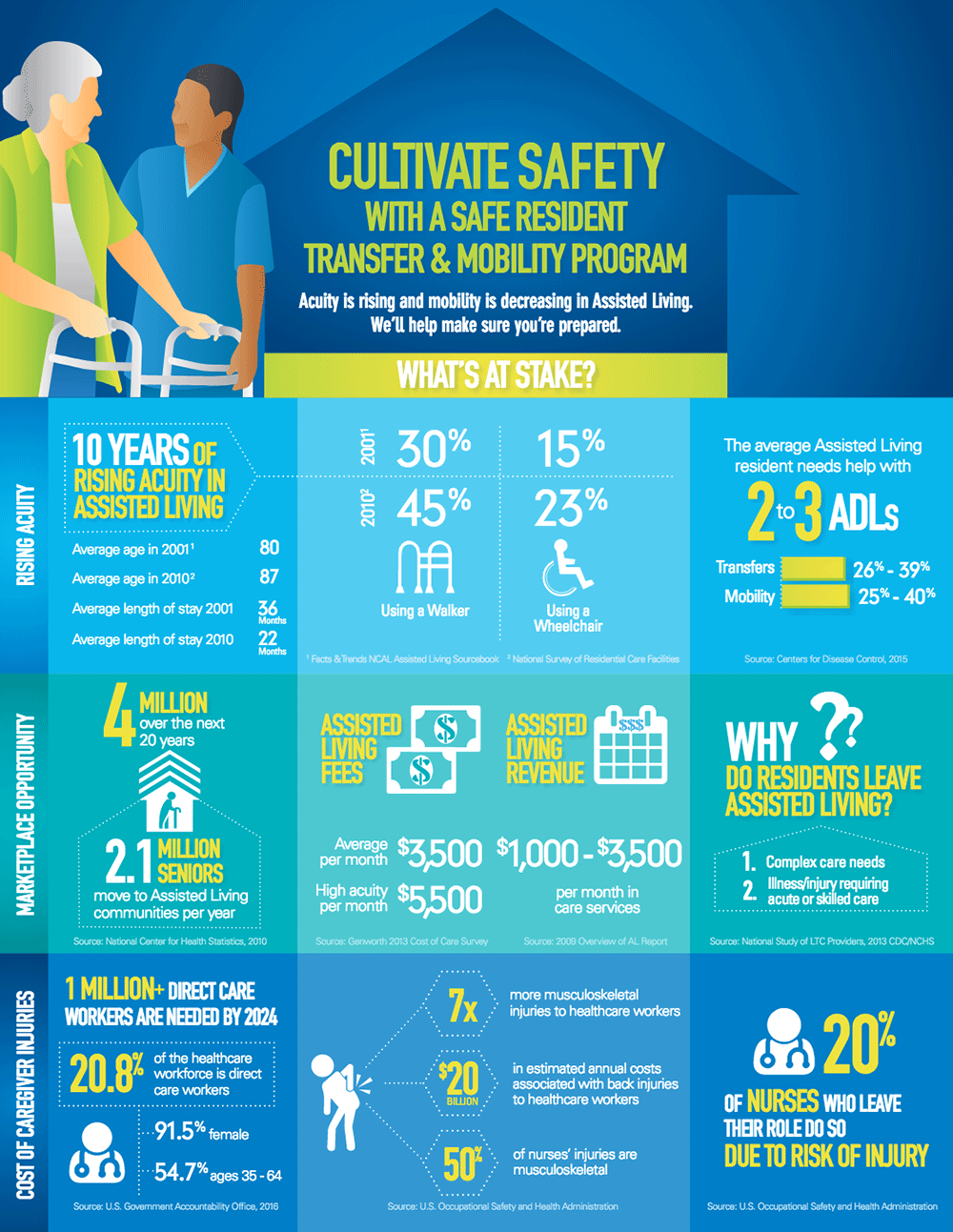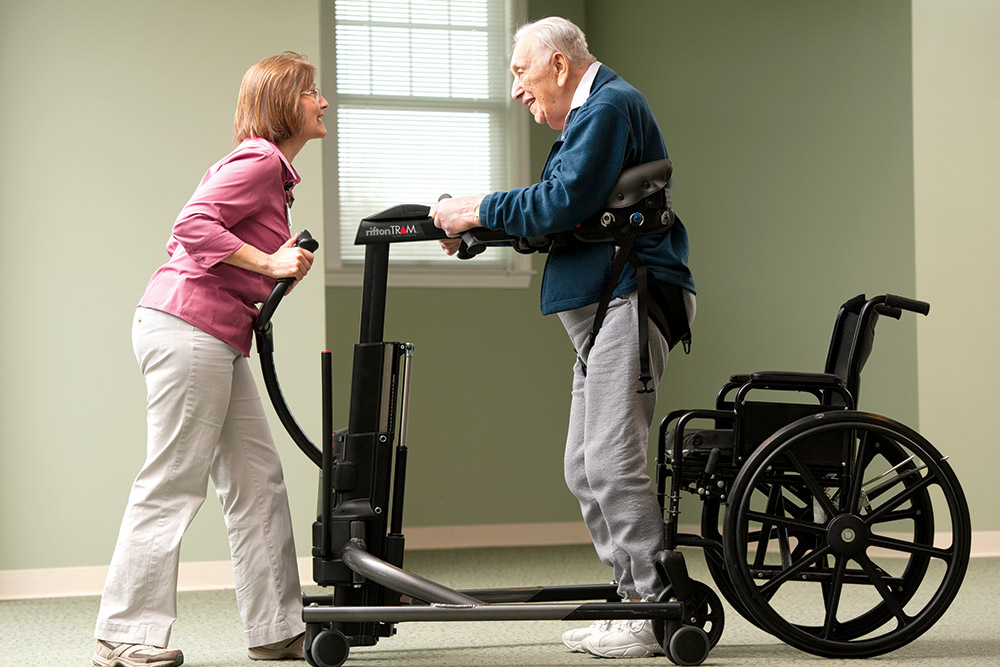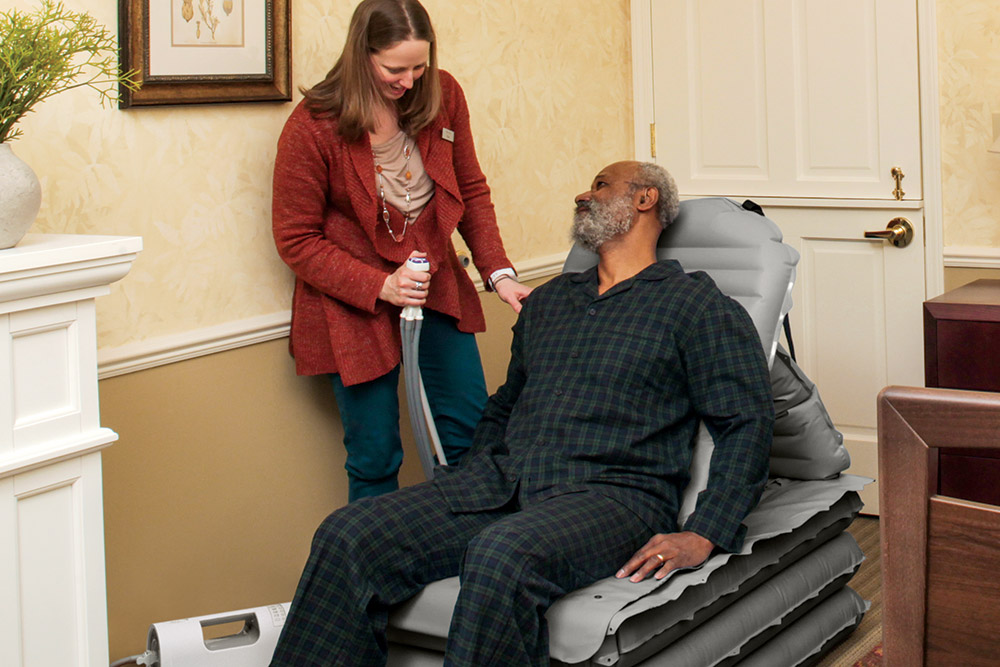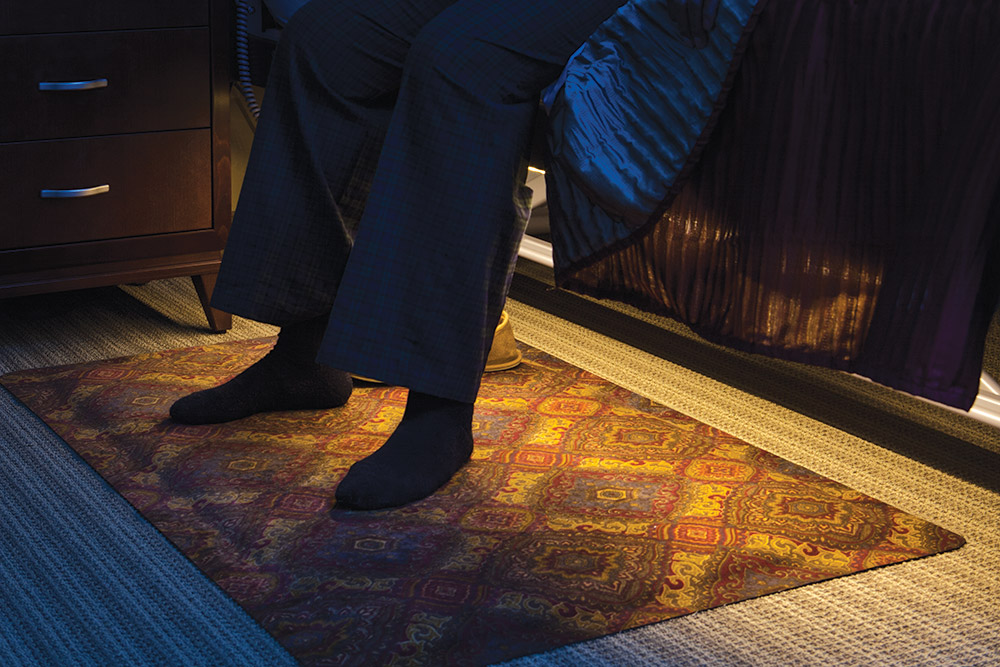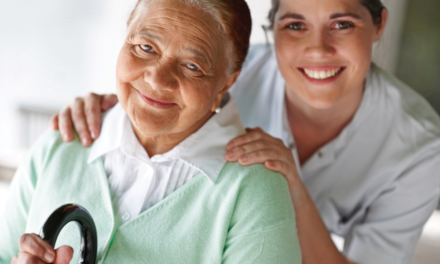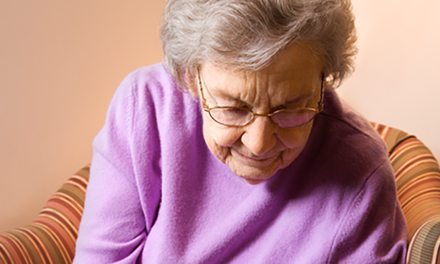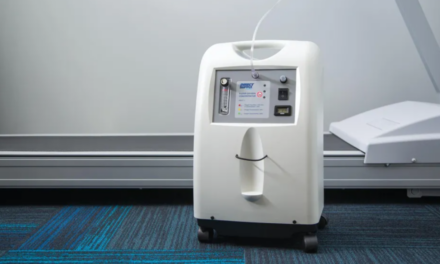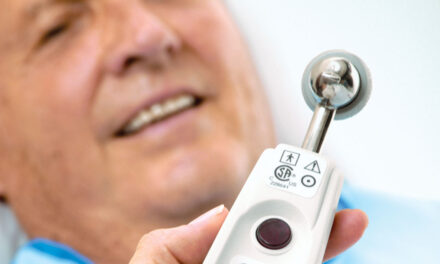Challenge:
Assisted Living providers must take note that acuity is on the rise. Today, the average resident in Assisted Living is 85 years or older, likely female and needs help with at least three ADLs, including transfer and mobility assistance (Centers for Disease Control, 2015). As age and support needs change and acuity rises, the need to lift and move residents increases, as does the risk for resulting employee and resident injuries.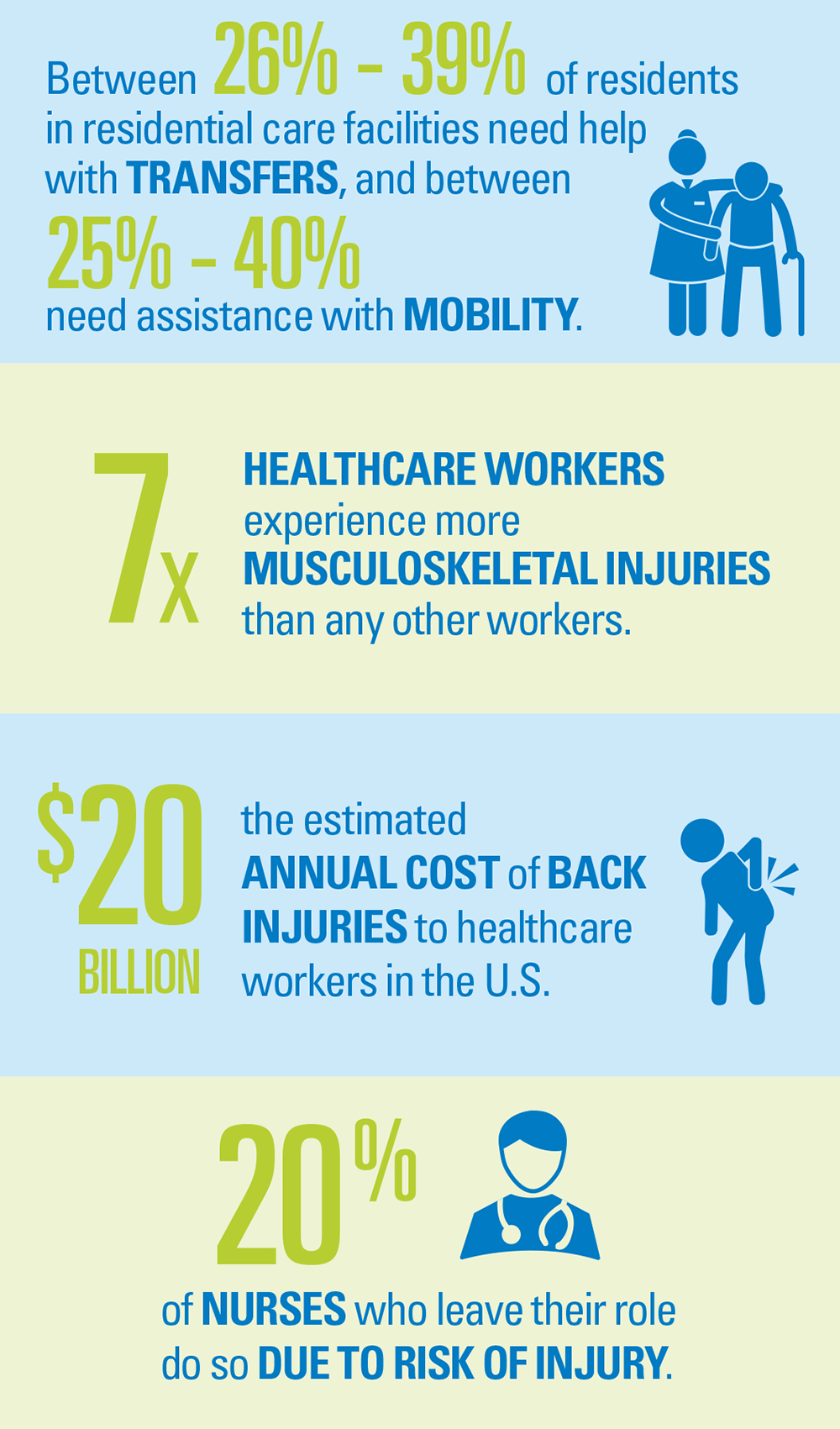
Solution:
Incorporate a safe resident transfer and mobility program into your community. Research and resources on safe resident transfer and mobility programs have historically been focused on the hospital and Skilled Nursing market. However due to demand, more and more Assisted Living communities provide care and, in some cases, are changing their models to prioritize care with a social focus.From increased staff retention to fewer injuries, implementing a safe resident transfer and mobility program is a great way to become more operationally efficient and marketable in your local area.
Explore resources to help you implement a safe resident transfer and mobility program in your community:
Lift Chairs
Attractive and functional non-powered lift chairs help residents get in and out of a chair without staff assistance.
Rifton Tram
Perfect for when space is at a premium, get the benefits of gait training, sit-to-stand transfers and seated transfers – all while promoting staff safety.
Lifting Cushions
More easily help residents up from the floor with this innovative lifting cushion.
Underbed Lights
Help prevent falls with functional and attractive underbed lighting that provides just the right amount of visual assistance.
